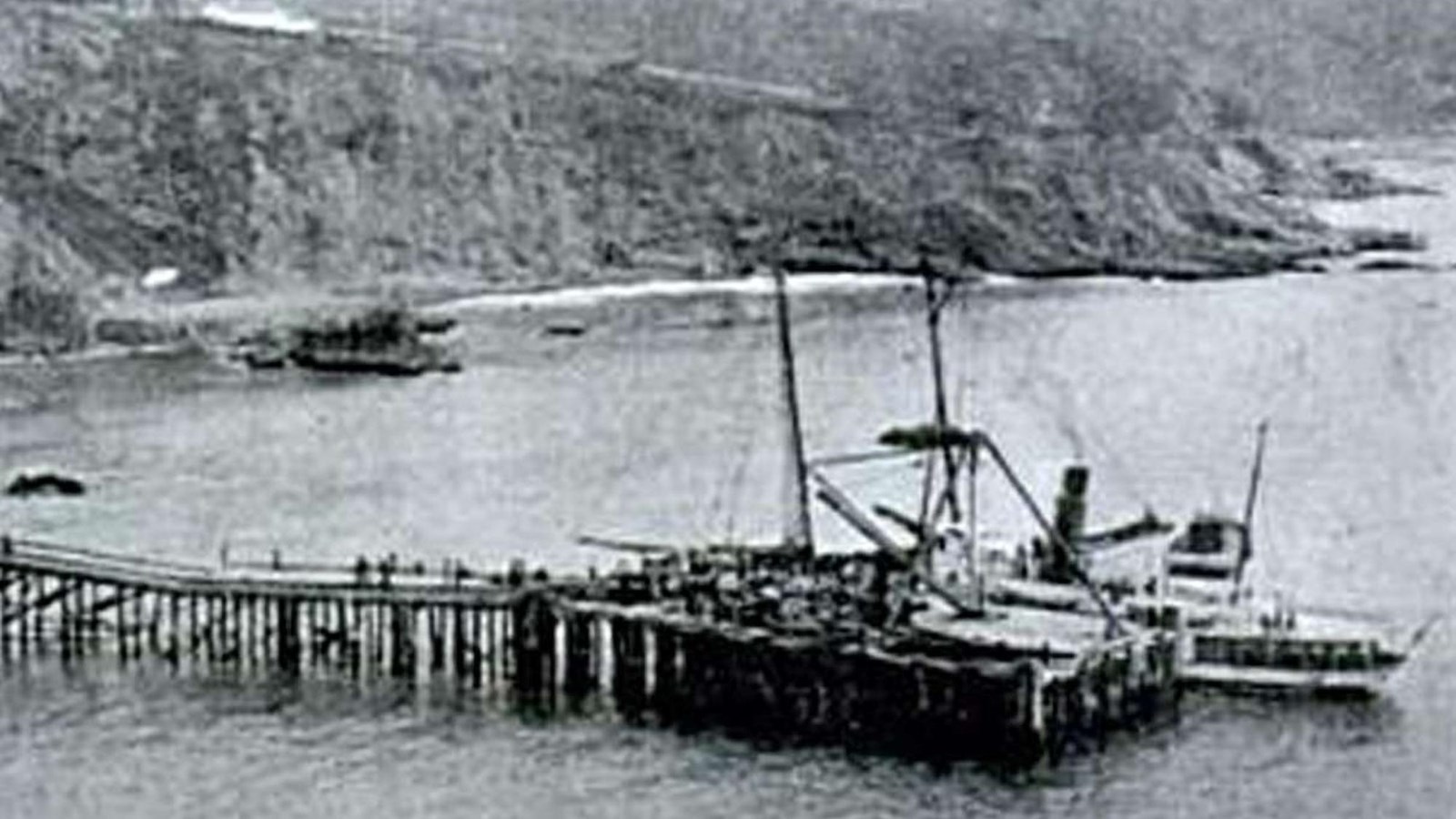Last updated: February 25, 2021
Place
Where Was the First Lighthouse on the West Coast?

From here, one can observe the placement of the first navigational lights on the West Coast. Alcatraz Island, visible beyond the Golden Gate Bridge, was the first lighthouse built and on June 1,1854 became the first navigational lamp lit on the west coast. Alcatraz Island's light was meant to guide ships directly in through the Golden Gate. Watch for the flash-the light is still operational today!
Fort Point was the second to be built, and it is located in the arch underneath the Golden Gate Bridge nearest San Francisco. The light was originally on the seawall, but in 1863 moved atop the parapets where it is today. Lit on February 1,1855, Fort Point's lighthouse marked the southern side of the Golden Gate. Although it was lit much later, in 1906, you can see, to your right, a short tower jutting out of the channel; that is the Mile Rock light resting 49 feet above the sea and built on a rock just 30 feet by 40 feet in size. Its light is visible for 12 miles.
Another lighthouse was needed to mark the northern side of the Gate. This is the Point Bonita Lighthouse. Between 1852 and 1858, the Lighthouse Board erected 16 lighthouses along the West Coast from Washington to southern California, with the first constructed here in the Bay Area.
Please turn around and take a look at the cement foundations on the ground.
COAL DOCK & TRAMWAY
The tram and storage house were built here in 1871, so that the Lighthouse Service could replenish the coal-hungry boilers of the steam-driven fog siren. The cement foundation here is at the top of the tramway, which descended directly down the hill to the ocean below. (Sound of rolling carts)
Please continue to move along the path.
On either side of the center paving are slots where the rails of the hopper cars once ran. Some may imagine lighthouses simply as towers shooting light beams into the night and belching low thunderous bleats into the fog, yet these were the final output of an extensive facility consisting of many houses, barns, shops, and offices, requiring an endless supply of material, particularly oil for the lamps, and water and coal to create the steam for the foghorns. All this had to be transported along this pathway in hopper cars rolling on rails that started on the dock below.
Steam driven foghorns consumed 140 pounds of coal an hour. In the summer the Gate can be socked in day after day for weeks on end....or as Mark Twain is thought to have said, "the coldest winter I ever spent was a summer in San Francisco."-140 pounds of coal an hour-that's a lot of coal!
Now stop and take a moment to notice the original foundation of the coal dock.
The tram started there and went up the hill to the point where the telephone pole is today.
Continue, along the path, and stop when you see the lighthouse, on the right.
